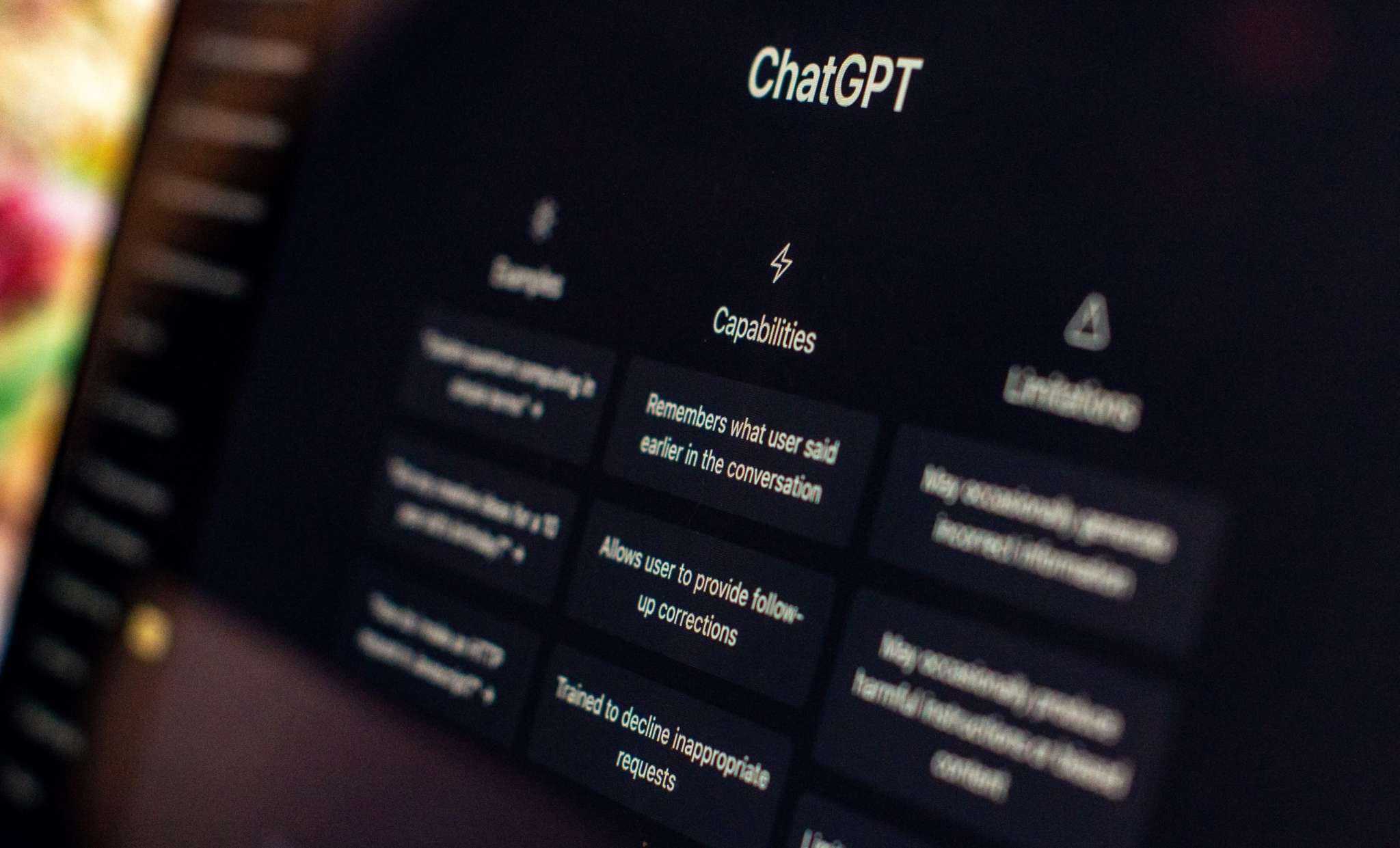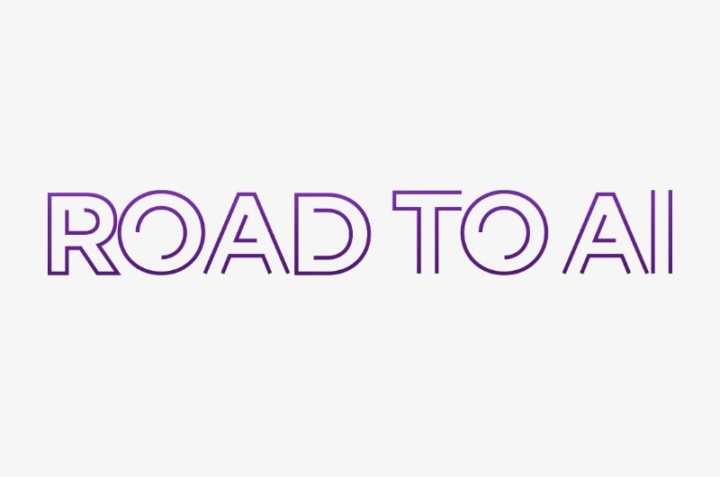Though considered as a “game-changer” for the Supply Chain industry, it will take another five or ten years to implement Artificial Intelligence (AI) at scale. That’s before mentioning ChatGPT. Businesses that properly apply this tool have the potential to achieve their ambitions.
Already, AI is already being used in Supply Chain management. In 2022, 45% of manufacturing and logistics companies deployed AI technologies in a range of working environments*. Used across the board – for suppliers, production, distribution and planning – these tools add value by enabling faster, more informed decisions.
Given its capabilities in planning and analysis, AI caters to data-driven industries that rely heavily on forecasting. In practice, AI develops more accurate scheduling. It produces more detailed projections, focusing on oft-overlooked factors, and at speeds that are unmatched. AI accelerates product launches, oversees offers and improves service levels, which in turn maximizes inventory.
In production terms, such tools enhance performance through Six Sigma methodology to continuously improve the quality of processes and productivity itself. AI serves to pinpoint a system’s weak spots which makes a world of difference!
*Source: Artificial intelligence adoption rate in supply chain and manufacturing businesses worldwide in 2022 and 2025, Statista
The Trough of Disillusionment
When it comes to Supply Chain operations, AI can monitor live scenarios and calculate the potential impacts on a network (suppliers, production, distribution and end clients). It is capable of responding to the unexpected such as flooding, which requires a production scale-up at other sites.
Supply Chain professionals consider AI “game-changing” due to its present and future applications. In reality, though, developments are sluggish. It’s why Gartner predicts that AI in planning will only enter the “plateau of productivity” of its “Hype Cycle” – i.e., the time of industry-wide, mainstream adoption – in the next five to ten years*. In other words, we are still a long way off the ubiquitous use of AI in every company and every component within the Supply Chain.
Gartner currently positions GenAI on the “peak of inflated expectations.” Conversely, for Gartner, Machine Learning (eagerly anticipated not so long ago!) is now headed for the “trough of disillusionment.”
*Source: Gartner Hype Cycle for artificial intelligence, 2023
Examining the dearth of data scientists
This so-called “critical” technology has been slow to evolve. But why? There is certainly no shortage of data. Quite the contrary, since companies have stored data for years; a process accelerated by the Cloud.
The real stumbling block is the technology. Supply Chain is left with two solutions. Number one: the industry purchases “off-the-shelf”, e.g., AI modules included in scheduling (Advanced Planning and Scheduling – APS) or connected to production (Manufacturing Execution System – MES). However, they are not without restrictions and drawbacks. Number two: the sector engineers its own tool, which is then hampered by the dearth of qualified data scientists. Ultimately, it’s the industry’s decision. Hence the patchy developments!
Do you speak AI?
Truth be told, the trailblazer award goes to the latest version of AI which has been getting a lot of media attention lately. Of course, we are referring to ChatGPT and other forms of GenAI. In applying natural language prompts, GenAI generates content and partly performs the role of the data scientist.
To date, we sometimes spend days on end analyzing data and devising specialized systems with data experts – fully aware of the innumerable persons involved from idea to launch. In the not-too-distant future, to produce the intended results, planners as well as supplier, production and distribution managers will merely need to send the right prompt to ChatGPT. In return, they will receive quick and direct solutions to their myriad business issues.
Spoiler alert: what we describe is something of a utopia, since ChatGPT still lacks maturity. That said, it’s a matter of (little) time before the tool’s rampant development enables it to optimize Supply Chain performance, as predicted.
Success depends on several factors. First, data confidentiality with strictness that surpasses conventional cybersecurity. At present, ChatGPT exploits all the data it is given. You therefore risk exposing all your data to anyone using the AI. Companies must exclusively run their own private or sovereign GenAI in an effort to avoid risks on a large scale.
Second is the need to articulate your intentions to adopt the most impactful solution. Make sure you train and fine-tune AI. Otherwise, it will lack precision and creativity. For instance, each business team could employ a conversational language expert to challenge ChatGPT and its cousins with intelligence and sophistication.
Controlling GenAI
The final aspect is quality assurance, based on a dataset. GenAI loathes empty input and fills the gaps with what it considers probable data. That is, when it is not hallucinating! Organizations must establish processes to validate the tool’s solutions before assessing results over time.
Once present barriers are broken down (a day that is fast-approaching) and the technology is mastered, AI looks set to be democratized throughout the Supply Chain much quicker than expected. Businesses will then be able to go faster and further compared to traditional tools including APS and MES. It’s time to hone your GenAI skills, starting today. That way, you will stay ahead of industry competitors who will be stuck in the “troughs” of the “Hype Cycle.”
Let's continue our exploration:
Get your questions answered by our Data & AI experts. Find out how we can help you realize the full potential of AI for your organization.
Read our “Road to AI” series to explore the many facets of artificial intelligence and unlock its power to grow your business.






